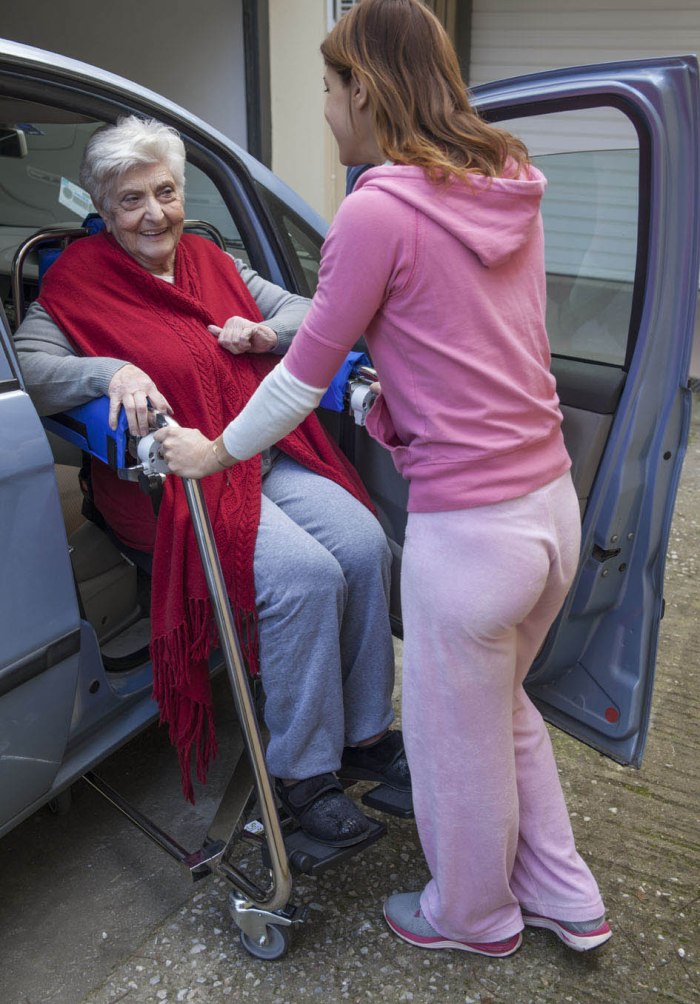Can you deduct the cost of your patient lift or vehicle lift from your U.S. taxes? The answer is “it depends.” The IRS allows for deducting certain medical expenses from your income tax but those deductions come with certain conditions. If you, a spouse or a dependent has purchased a vehicle lift or patient lift device, you might be able to reduce the income tax you owe by deducting the cost of the device.
It’s important to remember that this article is not intended to be professional tax advice and we encourage you to either contact the IRS or your tax professional to confirm what you may or may not be eligible for.
Durable Medical Equipment (DME)
The IRS defines DME as “certain medical equipment that is ordered by a doctor for use in the home to alleviate or prevent a physical or mental defect or illness.” So the first thing you are going to need is a letter from a physician stating the medical necessity for the lift. Once you have that in hand there are a few other qualifiers to consider:
- You can only deduct the cost of durable medical equipment that you purchased in the tax reporting year. This might become important if you are considering purchasing a patient lift or auto lift near the end of a calendar year.
- You can only deduct that amount that you actually paid. If the device was purchased by someone else or by an insurance company, you won’t be able to deduct the cost. However, if you paid a “deductible” or “co-pay” as a part of an insurance claim for the device, that amount is eligible for deduction.
- Aside from lifts, other examples of DME items include crutches, service animals such as a guide dog, diagnostic services, hearing aids, telephones for the hearing impaired and wigs.
For a complete list of what is and is not deductible, including health related home improvements like stair lifts and alterations to accommodate a wheelchair, visit the IRS site.
One last consideration and it’s a big one.
In order to deduct your medical expenses (lifts, medication, treatments, hospitalization etc.) you have to itemize your deductions. If you own a home you probably already do that as interest on mortgages and property taxes are large “itemized deductions.”
However if you don’t routinely itemize, you have to determine if your medical expenses are greater than your “standard deduction” to determine how you will file. There is also another limitation on how much you can deduct. The IRS will allow you to deduct only that amount that exceeds 7.5% of your Adjusted Gross Income. So if you have an AGI of $50,000 you’ll only be allowed to deduct medical expenses in excess of $3750.
We hope this has helped you with this issue. At Body Up Patient Lift we know how important mobility is to the quality of life. We know you want to provide your loved one with the best care possible. We know how important mobility is to a sense of self value and self-confidence. If you have any questions regarding our products, how they are used or pricing please do not hesitate to contact us today!


